Literary rating: ★★★★★
Kick-butt quotient: ☆
 Barb and I discovered evangelical Christian author Mary Connealy through her Sophie’s Daughters trilogy, partially set in Montana in the years from 1878 to 1884. Several characters who figure in her earlier Montana Marriages trilogy, of which this novel is the third, also play important roles in the later one. So we were interested in their back stories; and when I found this book in a thrift store, it was a natural purchase! (We’ve also just started reading the second installment; long story!) This means we’re reading the trilogy in reverse order; so we started with much more knowledge of the characters’ future than the original readers would have (the read was more like a visit with old friends). However, I’ll avoid spoilers in this review. (Obviously, though, it might contain “spoilers” for the earlier Montana Marriages novels.)
Barb and I discovered evangelical Christian author Mary Connealy through her Sophie’s Daughters trilogy, partially set in Montana in the years from 1878 to 1884. Several characters who figure in her earlier Montana Marriages trilogy, of which this novel is the third, also play important roles in the later one. So we were interested in their back stories; and when I found this book in a thrift store, it was a natural purchase! (We’ve also just started reading the second installment; long story!) This means we’re reading the trilogy in reverse order; so we started with much more knowledge of the characters’ future than the original readers would have (the read was more like a visit with old friends). However, I’ll avoid spoilers in this review. (Obviously, though, it might contain “spoilers” for the earlier Montana Marriages novels.)
This tale opens in late spring/early summer, 1877, as young Wade Sawyer is awakened by gunfire as he’s sleeping in his small cabin high in the Montana Rockies. The shots come from the nearby small Indian village, which is being massacred by four masked whites. Arriving too late to prevent the deaths of most of the inhabitants, Wade manages to wound one of the fleeing murderers, and finds Glowing Sun, a young woman raised for the past dozen years by the Salish (called Flathead by the whites), ever since they found her alone at about the age of eight after disease killed her white family, still alive. (One of the killers had tried to abduct her, but she slashed his face with her knife and escaped.) Her white name, as she recalls, is Abby, and she and Wade have met previously (as recounted, apparently, earlier in the trilogy), last fall –and were in fact attracted to each other; but she had an Indian fiance at the time, through an arranged engagement. He’s now dead; and when she’s cast out by a surviving matriarch who never liked her (and who blames her for attracting the massacre, assuming that the attackers’ motive was rape), she’s left alone in the world again. Soon after, Wade’s summoned to the bedside of his estranged rancher father, injured and maybe dying; and since he won’t desert Abby, and she believes responding to the summons is his duty, she comes along with him.
Like all Connealy novels, this is a clean “romance” (in the modern-day book trade sense); but it has more going for it than romance (otherwise, I wouldn’t have read and liked it!). For one thing, it’s a perceptive exploration of cross-cultural romance, of the specific clashing cultures of whites and Indians in the late 19th-century West, and an ethically-aware indictment of the former’s treatment of the latter. (Abby doesn’t have much use for the attitudes and practices of a white culture she’s mostly long abandoned, though she hasn’t forgotten the language, and a lot of her criticisms strike home.) It’s also a hard look at the dynamics of a dysfunctional, abusive family –because Wade’s estranged from his dad for good reason!– at co-dependency and how insidious it can be, and what does (or doesn’t) contribute to familial healing. There’s also a decided helping of Western-style mystery, because there’s intrigue afoot on the Sawyer ranch. Who’s behind the outbreak of cattle rustling in the area? And who were the attackers of Abby’s village, and what was their real motive?
Connealy’s a Christian author, whose world-view influences her writing. Christian characters are common in her novels (Red Dawson, a supporting character here, is a lay preacher as well as a rancher). Wade has a sincere Christian faith, as does Abby, fostered in her case by the missionary activity of real-life Jesuit Pierre-Jean De Smet (1801-1873) and his colleagues, who really did have considerable success in their work among the Salish, and whose treatment here is very positive. (The author’s approach to Christian faith is –commendably, IMO– nondenominational, though sectarian rivalries and animosities weren’t nonexistent in the real 19th-century West.) It’s seen here as a genuine source of moral reformation, courage in adversity, and guidance and help in daily life; but though it’s referred to more here than in the later trilogy, I wouldn’t describe this one as “preachy.”
Christian ethics, with its basis in the love commands, also raises a serious issue for reflection, when it needs to be lived out in a violent environment, among people some of whom are perfectly willing to kill you, and others, to get things they want. Wade wrestles with this some, as does Abby –in fact, more so, since while Wade wears a gun and can use it, she’s considerably more combat capable than he is. (She’s also a stronger-willed personality than he is, and the more dominant partner in the relationship –okay, that word’s not a spoiler, any reader knows these two are destined for each other!– and Wade’s willing to recognize that there’s nothing wrong with that.) While she’s not into guns (though if she slugs you in the head with one, you won’t get up for awhile), she’s handy with her knife, and it doesn’t leave her person –unless she needs to throw it. Her personality could best be described as hot-tempered and fierce. The conclusion she comes to is that forcibly defending yourself and others IS morally right, but relishing the damage done isn’t; and she’s honest enough to admit that she needs to work on her attitude in that area. So when the chips are down here, the main question may not be, will our hero rescue the damsel in distress? Given their respective skill sets, it might be, will our tough damsel rescue her guy in distress? :-)
Author: Mary Connealy
Publisher: Barbour Publishing; available through Amazon, both for Kindle and as a printed book.
A version of this review previously appeared on Goodreads.





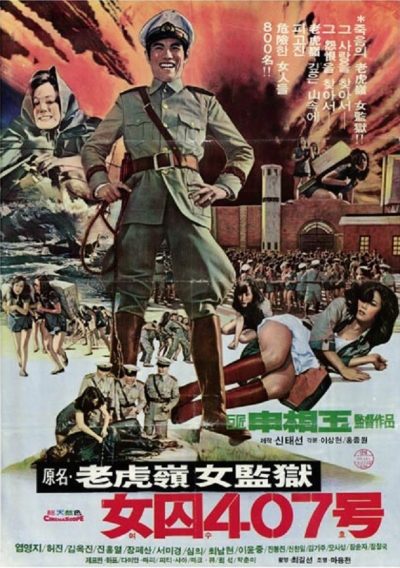 An apparent knock-off of Japan’s
An apparent knock-off of Japan’s  Moving onto part two, things have… changed. Part one ended with its sole survivor sailing off in a boat. This opens with its two heroines, Kuan Mou-Hua (Yip) and Kao Chuan Tze (Heo), back running through the jungle, apparently escaping from… something. I actually watched this part first, and initially presumed the specifics were all explained in the previous installment. I can now confidently state: nope. Like so much here, even down to the location, it’s unclear. Perhaps the untranslated captions shed light on this; the dubbing (the version I saw was in German with English subs!) certainly doesn’t.
Moving onto part two, things have… changed. Part one ended with its sole survivor sailing off in a boat. This opens with its two heroines, Kuan Mou-Hua (Yip) and Kao Chuan Tze (Heo), back running through the jungle, apparently escaping from… something. I actually watched this part first, and initially presumed the specifics were all explained in the previous installment. I can now confidently state: nope. Like so much here, even down to the location, it’s unclear. Perhaps the untranslated captions shed light on this; the dubbing (the version I saw was in German with English subs!) certainly doesn’t.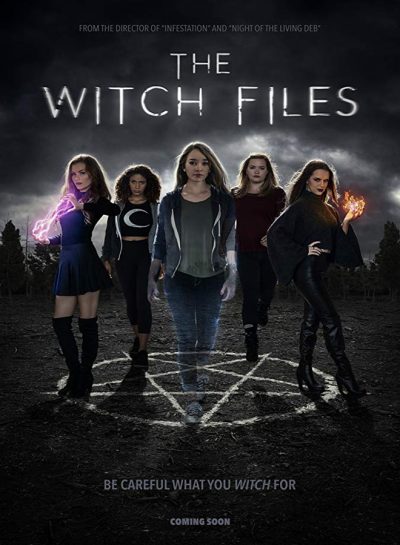 If John Hughes directed a film about witchcraft, it’d probably end up like this. For you have five stereotypical high-school girls in detention: Brooke the rich bitch (Ziolkoski); Greta the jock (Adrienne Rose-White); M.J. the timid mouse (Robinson); Jules the goth (Flatmo); and Claire the nerd (Taylor), who isn’t actually
If John Hughes directed a film about witchcraft, it’d probably end up like this. For you have five stereotypical high-school girls in detention: Brooke the rich bitch (Ziolkoski); Greta the jock (Adrienne Rose-White); M.J. the timid mouse (Robinson); Jules the goth (Flatmo); and Claire the nerd (Taylor), who isn’t actually  The first in an intended trilogy, this stands on its own reasonably well, balancing between tying up the loose ends and leaving the future uncertain. The heroine is Ja-Yoon (Kim), who begins by escaping from a shadowy, quasi-governmental facility as a raw eight-year-old, despite being hunted by the woman in charge, Dr. Baek (Jo) and her minions. She is found by husband and wife farmers, and they adopt Ja-Yoon, who has no apparent memory of her early life as their own. Ten years later, with Mom suffering from Alzheimer’s, and the farm struggling financially, Ja-Yoon enters a nationwide singing contest. However, the resulting attention brings her firmly back on the radar of Dr. Baek and Nobleman (Choi), the other survivor from that night a decade ago. The not-so-good doctor won’t let Ja-Yoon escape this time.
The first in an intended trilogy, this stands on its own reasonably well, balancing between tying up the loose ends and leaving the future uncertain. The heroine is Ja-Yoon (Kim), who begins by escaping from a shadowy, quasi-governmental facility as a raw eight-year-old, despite being hunted by the woman in charge, Dr. Baek (Jo) and her minions. She is found by husband and wife farmers, and they adopt Ja-Yoon, who has no apparent memory of her early life as their own. Ten years later, with Mom suffering from Alzheimer’s, and the farm struggling financially, Ja-Yoon enters a nationwide singing contest. However, the resulting attention brings her firmly back on the radar of Dr. Baek and Nobleman (Choi), the other survivor from that night a decade ago. The not-so-good doctor won’t let Ja-Yoon escape this time. This British TV series ran for three series from 1988 through 1990, with 23 episodes (each an hour long including commercials) in total. The same creators had previously been responsible for another WW2-based show, Tenko, about women in a Japanese prisoner-of-war camp after the fall of Singapore. The time period here is similar – the second half of World War 2 – but the focus moves from the Far East to Occupied Europe, in particular, France. At this point, the Allies were sending in agents to assist the local Resistance – and as
This British TV series ran for three series from 1988 through 1990, with 23 episodes (each an hour long including commercials) in total. The same creators had previously been responsible for another WW2-based show, Tenko, about women in a Japanese prisoner-of-war camp after the fall of Singapore. The time period here is similar – the second half of World War 2 – but the focus moves from the Far East to Occupied Europe, in particular, France. At this point, the Allies were sending in agents to assist the local Resistance – and as 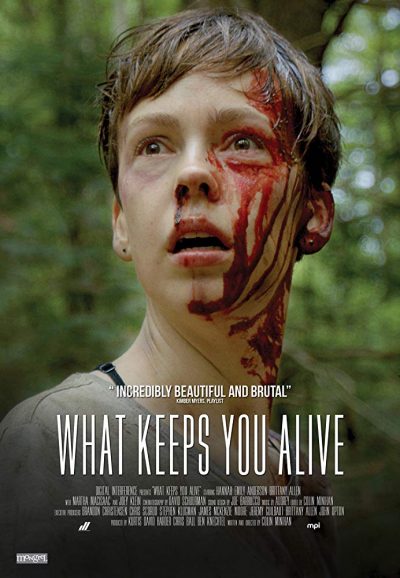
 In the modern, politically-correct era, it’s less common to see a film which has a sexual minority as an unabashed villain. Something like Basic Instinct got a lot of flak at the time, and would likely be rejected out of hand by gay-friendly Hollywood these days, as would Silence of the Lambs. So it was kinda refreshing to see a movie which brings us an unashamedly psycho lesbo in the form of Jackie (Anderson). Yet it’s not her sexuality which makes her evil, though she does feel she was “born this way” – or, as Jackie puts it: “It’s nature, not nurture.”
In the modern, politically-correct era, it’s less common to see a film which has a sexual minority as an unabashed villain. Something like Basic Instinct got a lot of flak at the time, and would likely be rejected out of hand by gay-friendly Hollywood these days, as would Silence of the Lambs. So it was kinda refreshing to see a movie which brings us an unashamedly psycho lesbo in the form of Jackie (Anderson). Yet it’s not her sexuality which makes her evil, though she does feel she was “born this way” – or, as Jackie puts it: “It’s nature, not nurture.”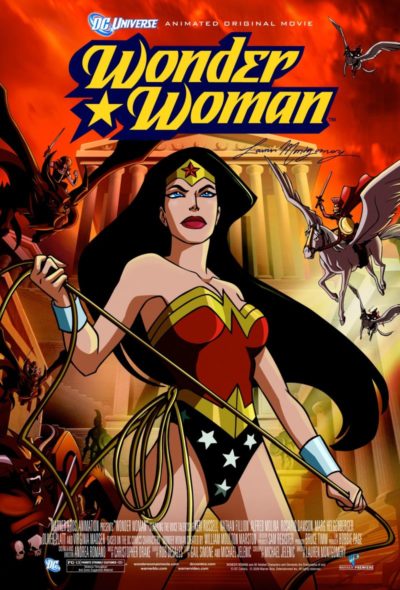 Often forgotten in the critical acclaim for the
Often forgotten in the critical acclaim for the 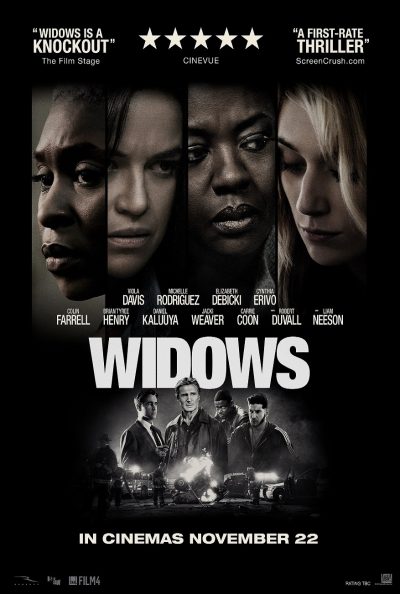 This is based on a TV series from Britain, which ran for two seasons in the eighties – I’ve seen it, but for some reason never got round to writing about it. The show would have been right in our wheelhouse, being written by Lynda LaPlante, who also created
This is based on a TV series from Britain, which ran for two seasons in the eighties – I’ve seen it, but for some reason never got round to writing about it. The show would have been right in our wheelhouse, being written by Lynda LaPlante, who also created 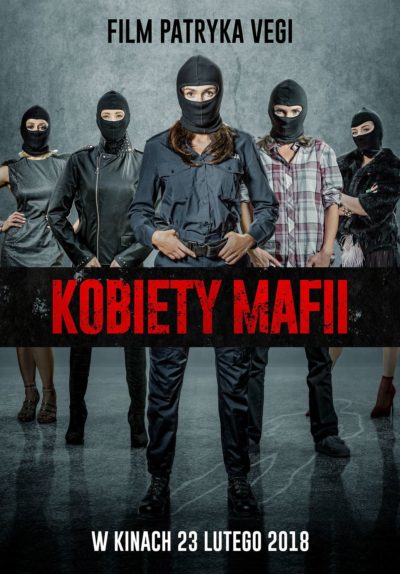 This is new territory for me, being the first Polish film to qualify here. Turns out, director Vega has, largely single-handedly, driven a bit of a new wave of cinema from that country. Rather than the lugubrious dramas of Krzysztof Kieślowski, Vega is more like Guy Ritchie, making violent gangster flicks. In this case, the script came with direct input from the gangsters themselves, one of whom contacted Vega after being annoyed by their portrayal in a previous movie. Probably wisely, he opted to take their criticisms on board here…
This is new territory for me, being the first Polish film to qualify here. Turns out, director Vega has, largely single-handedly, driven a bit of a new wave of cinema from that country. Rather than the lugubrious dramas of Krzysztof Kieślowski, Vega is more like Guy Ritchie, making violent gangster flicks. In this case, the script came with direct input from the gangsters themselves, one of whom contacted Vega after being annoyed by their portrayal in a previous movie. Probably wisely, he opted to take their criticisms on board here…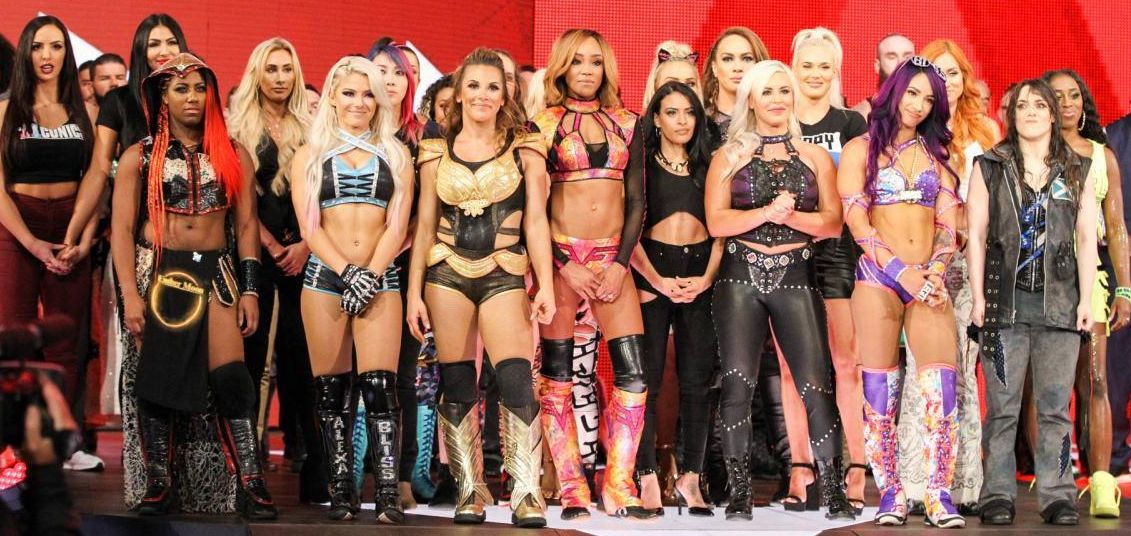 ★★★½
★★★½ But would they deliver? Technically, it was a decent presentation by WWE, if a little smaller-scale than expected – the regular RAW set-up was elsewhere in the country, so they had to make do a bit in terms of lighting and spectacle. I did like the commentary team of Michael Cole, Beth Phoenix and Renee Young, who all seemed genuinely enthusiastic – even Cole, who can sometimes come over as a bit of a dick. With that said, let’s go through the seven matches on the official card (there was a ‘dark’ bout that took place before the broadcast began) and see how they fared. Spoilers. of necessity, follow the rest of the way.
But would they deliver? Technically, it was a decent presentation by WWE, if a little smaller-scale than expected – the regular RAW set-up was elsewhere in the country, so they had to make do a bit in terms of lighting and spectacle. I did like the commentary team of Michael Cole, Beth Phoenix and Renee Young, who all seemed genuinely enthusiastic – even Cole, who can sometimes come over as a bit of a dick. With that said, let’s go through the seven matches on the official card (there was a ‘dark’ bout that took place before the broadcast began) and see how they fared. Spoilers. of necessity, follow the rest of the way.